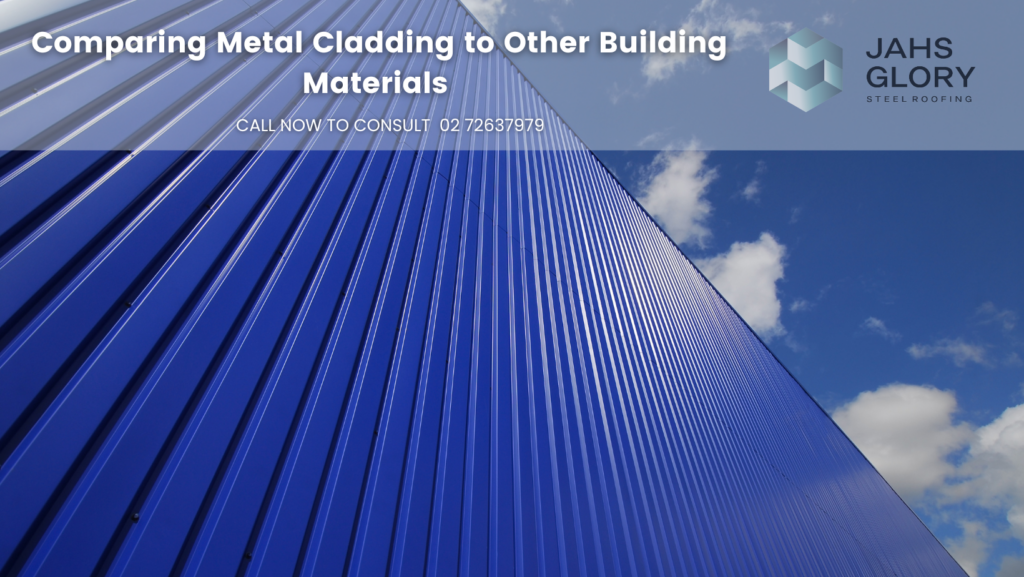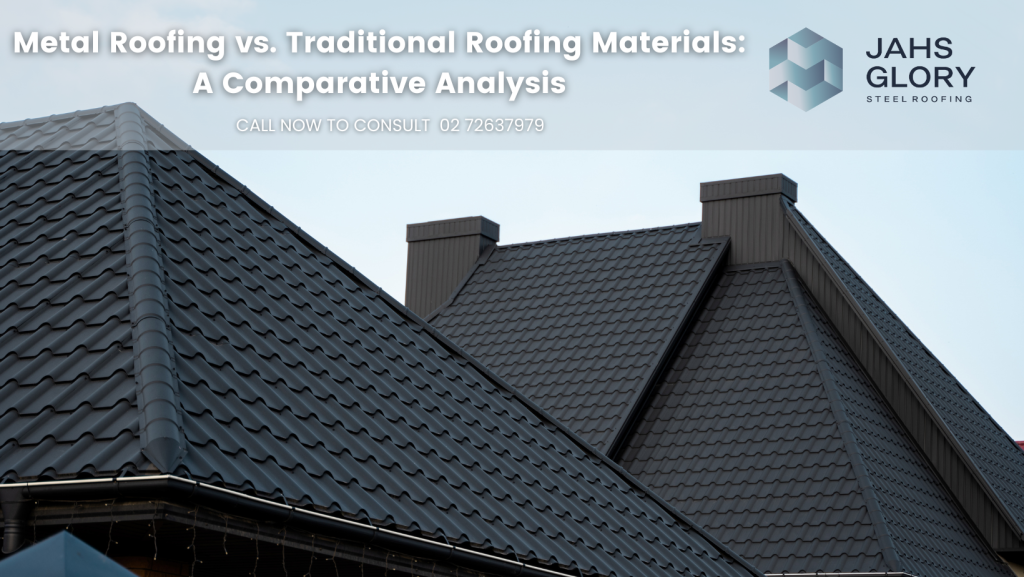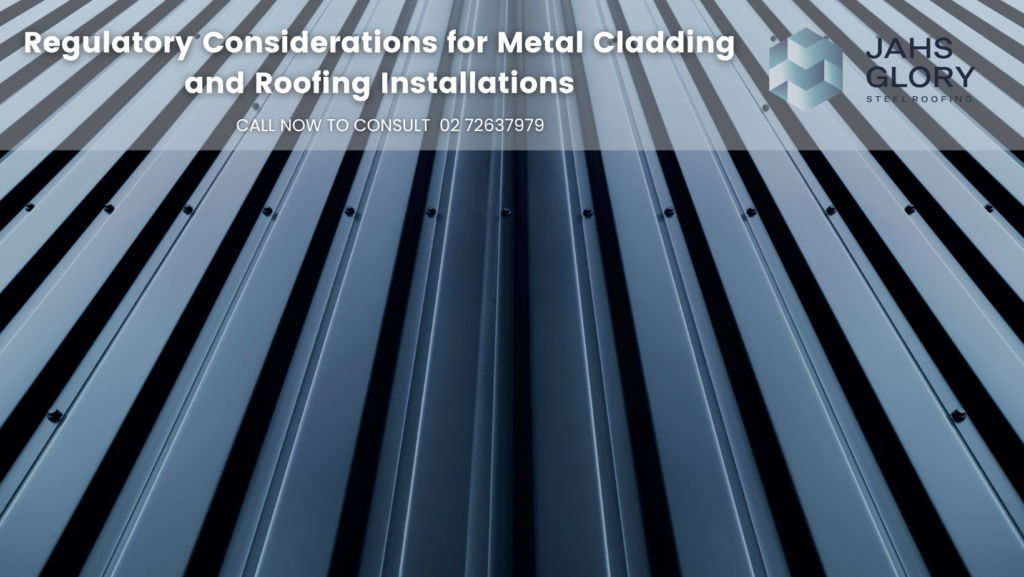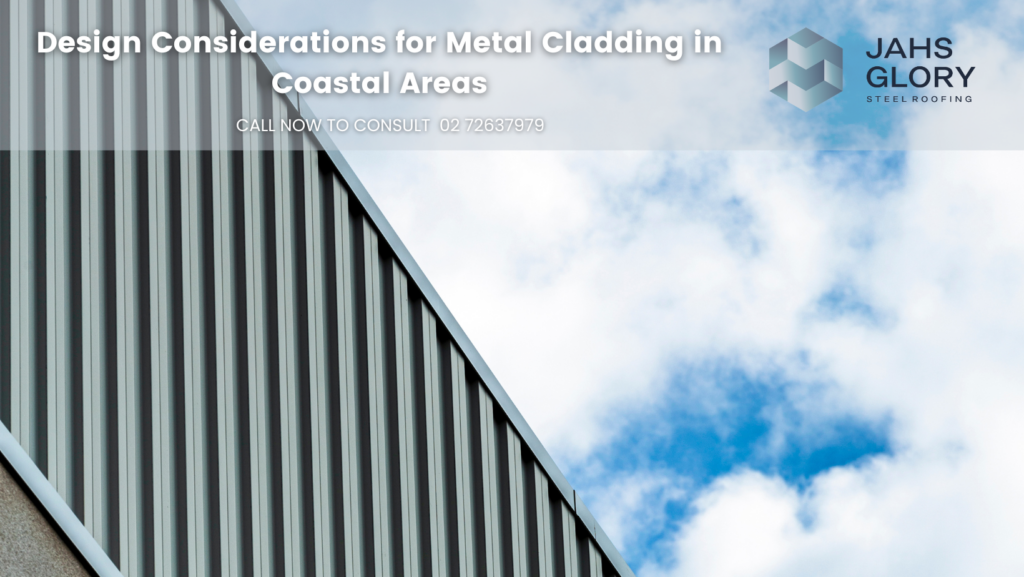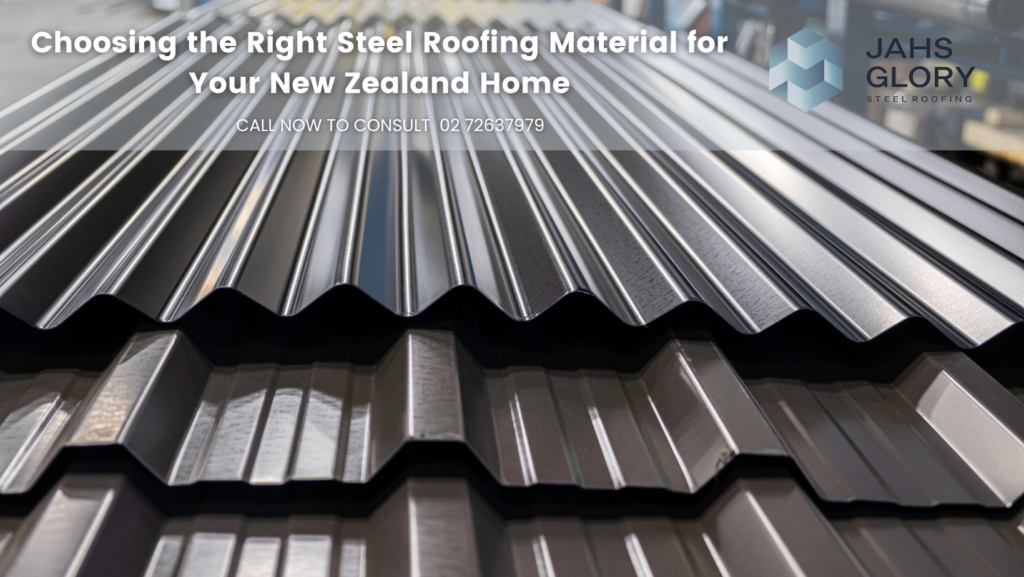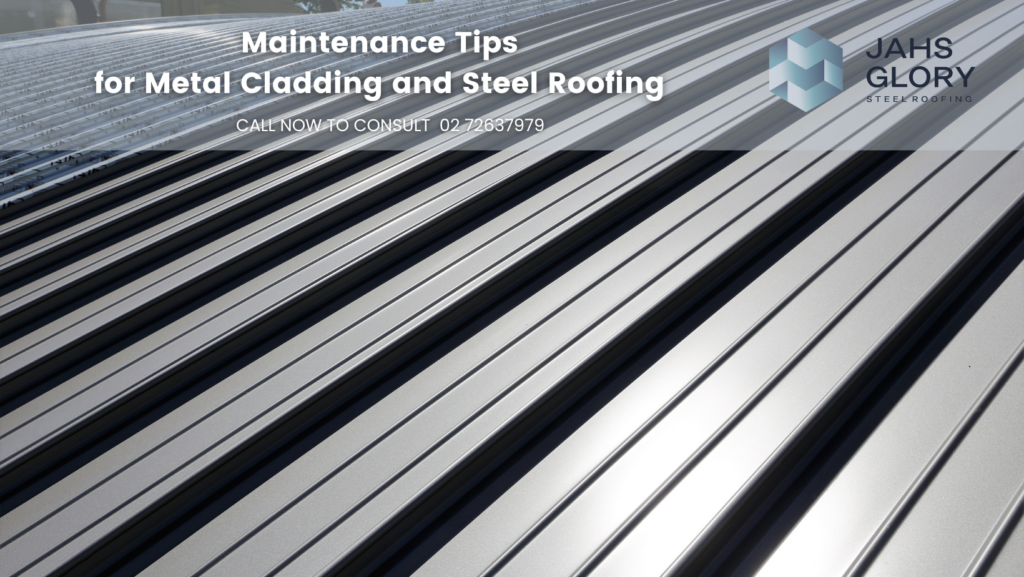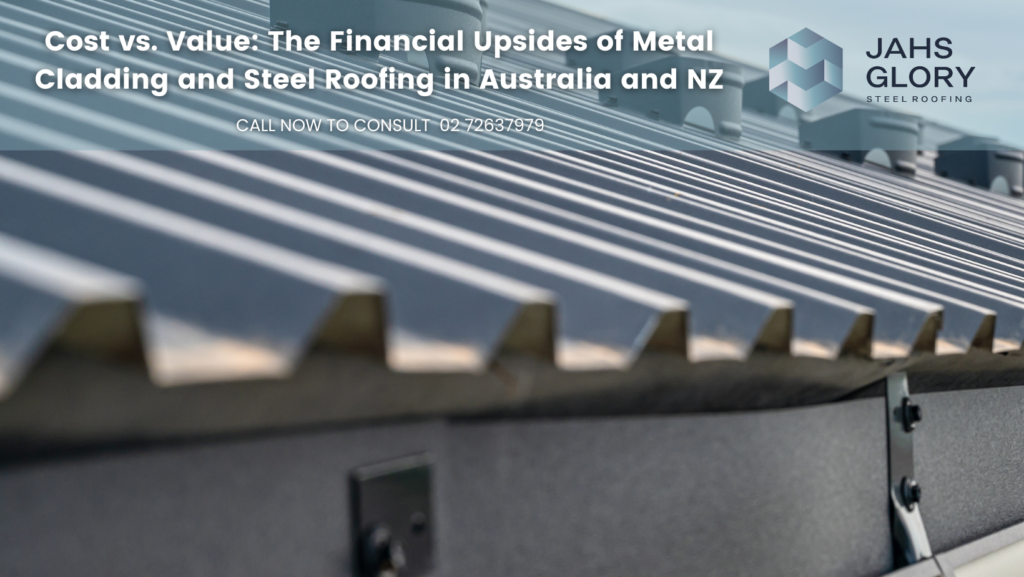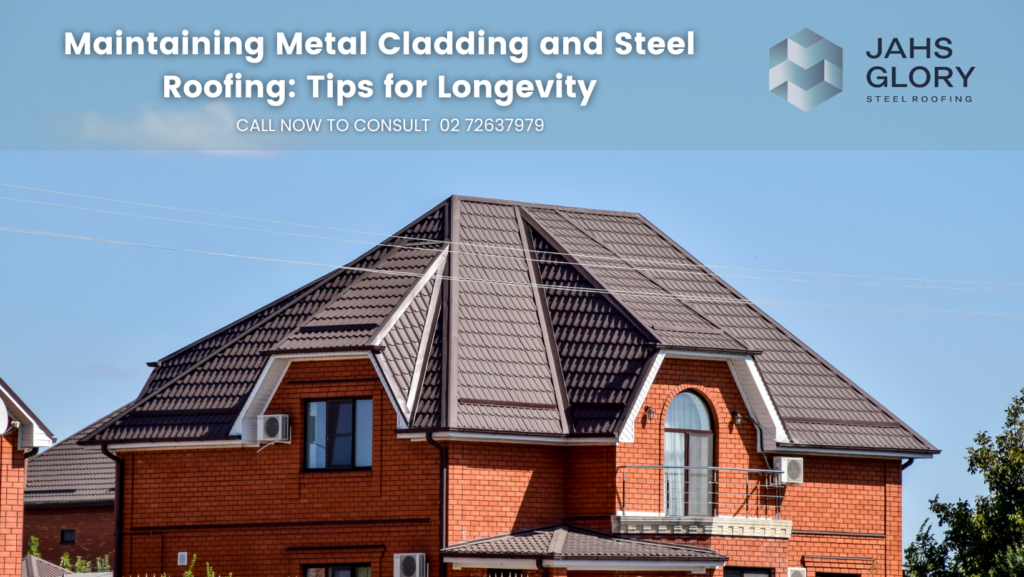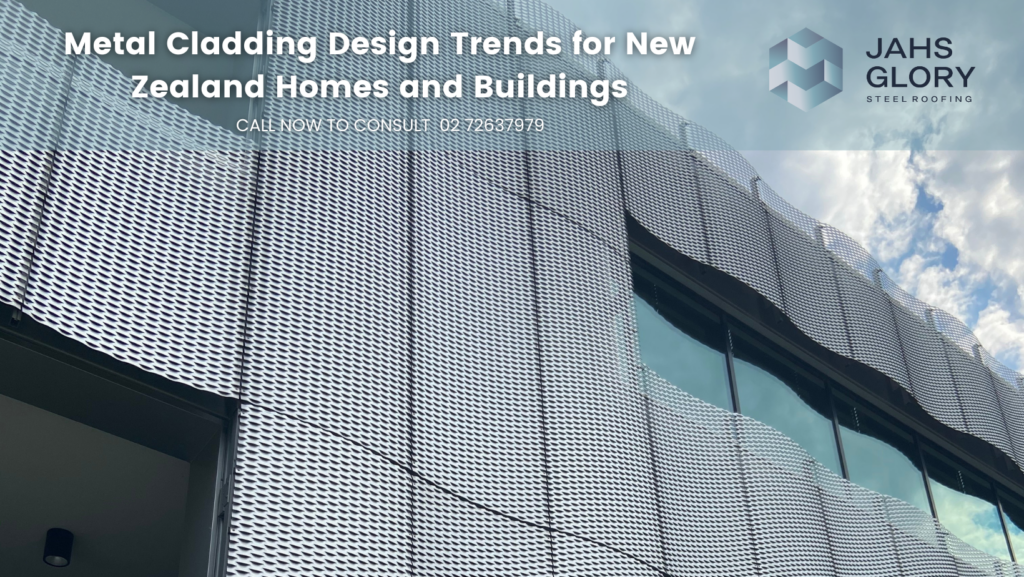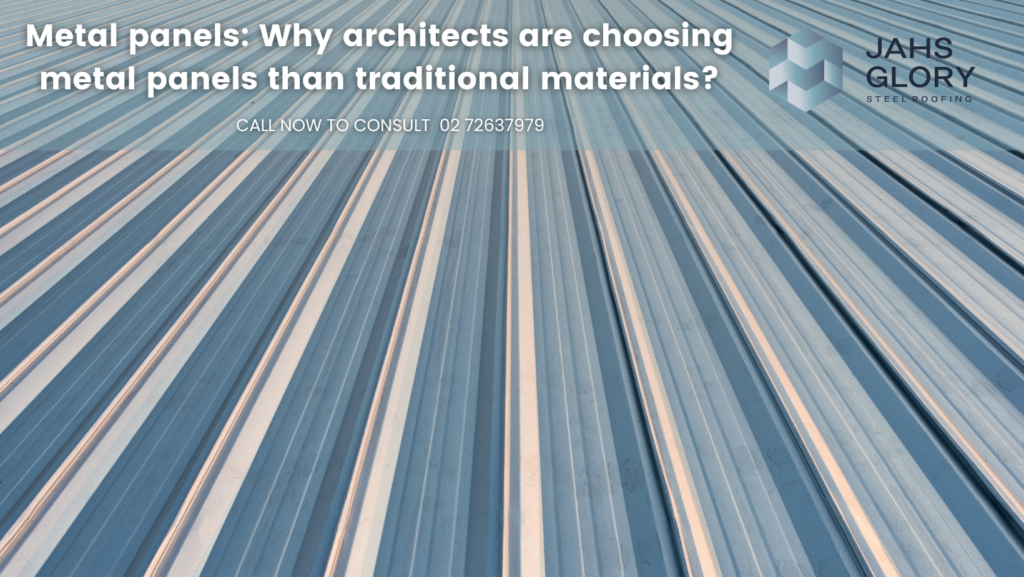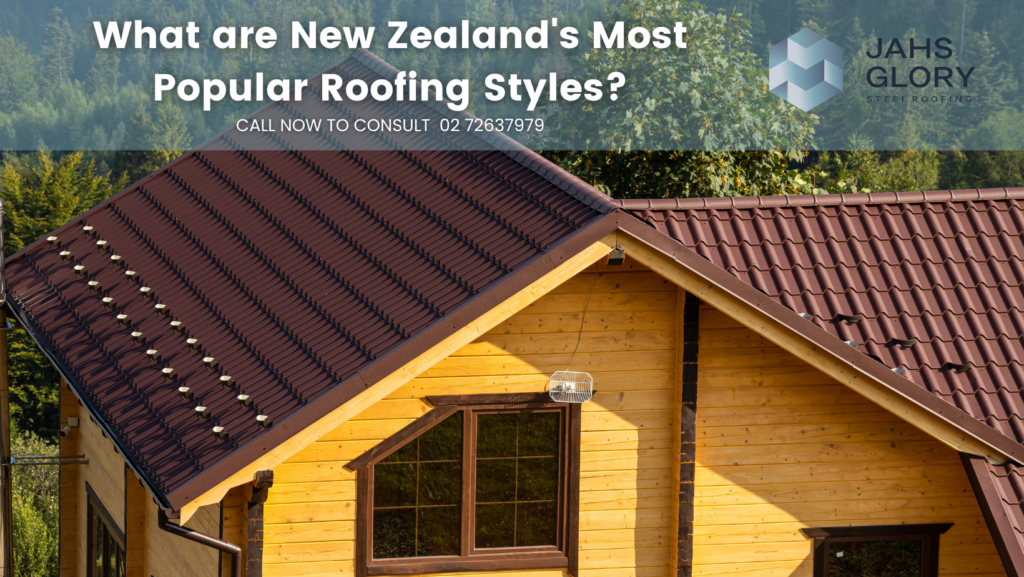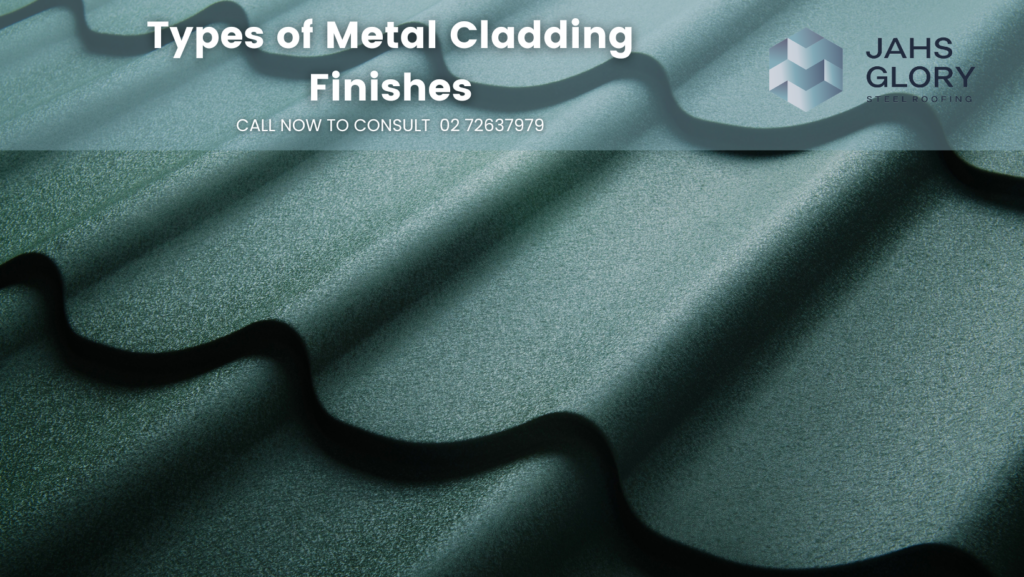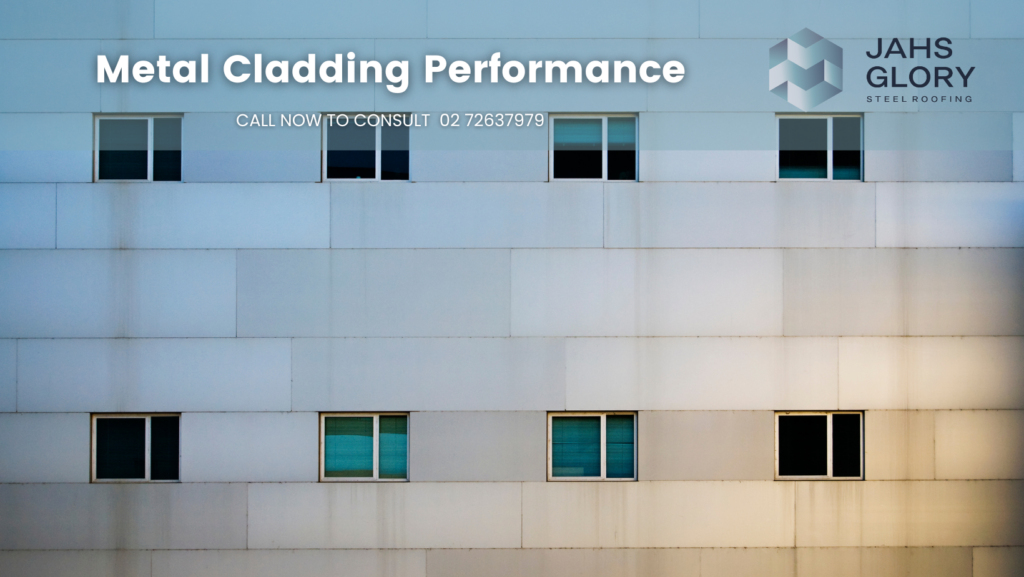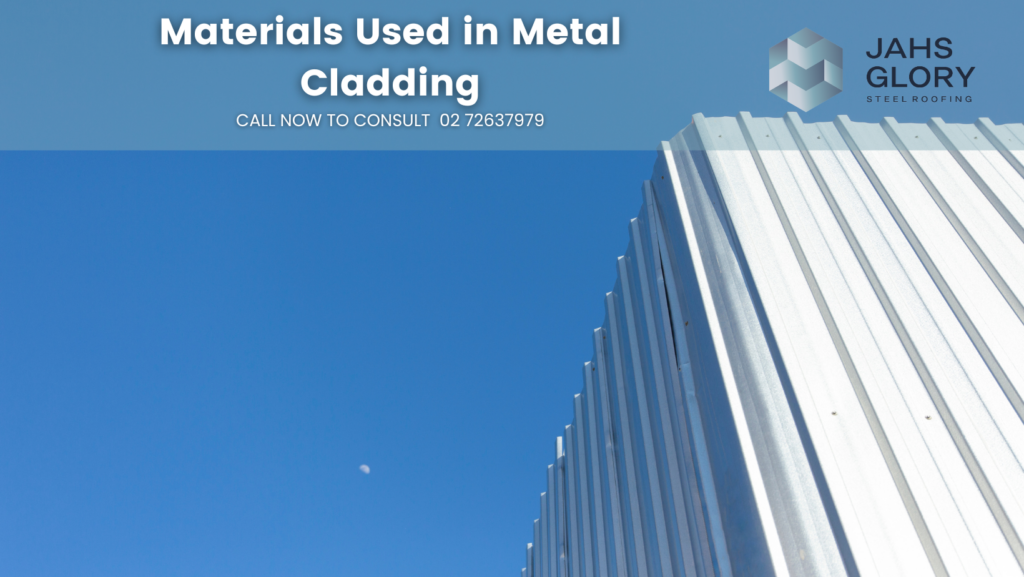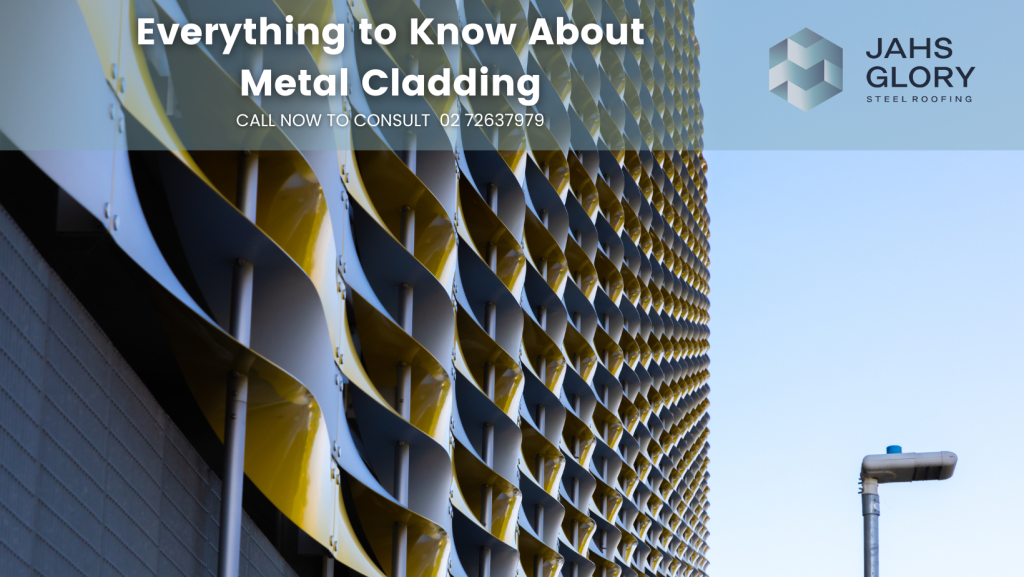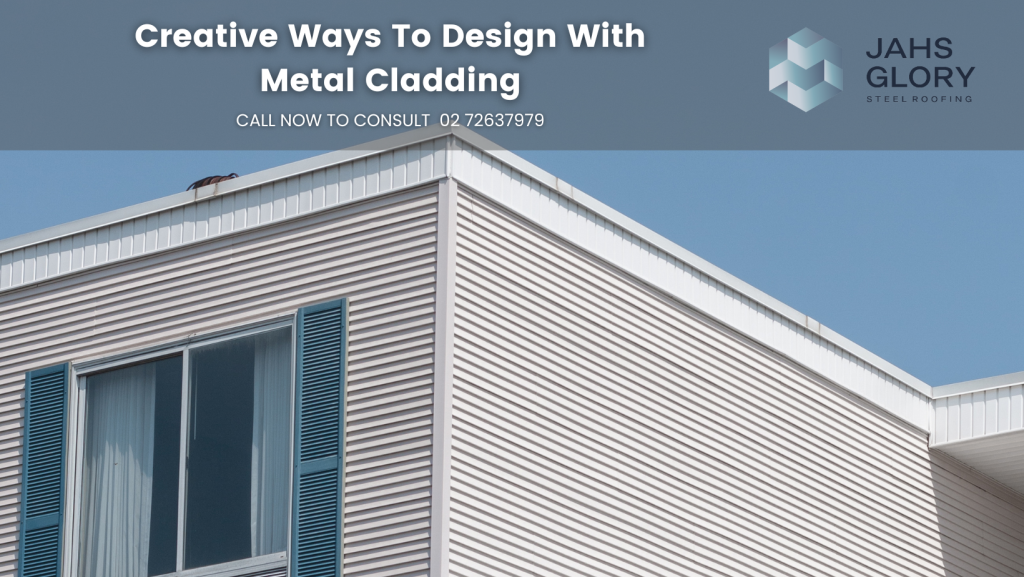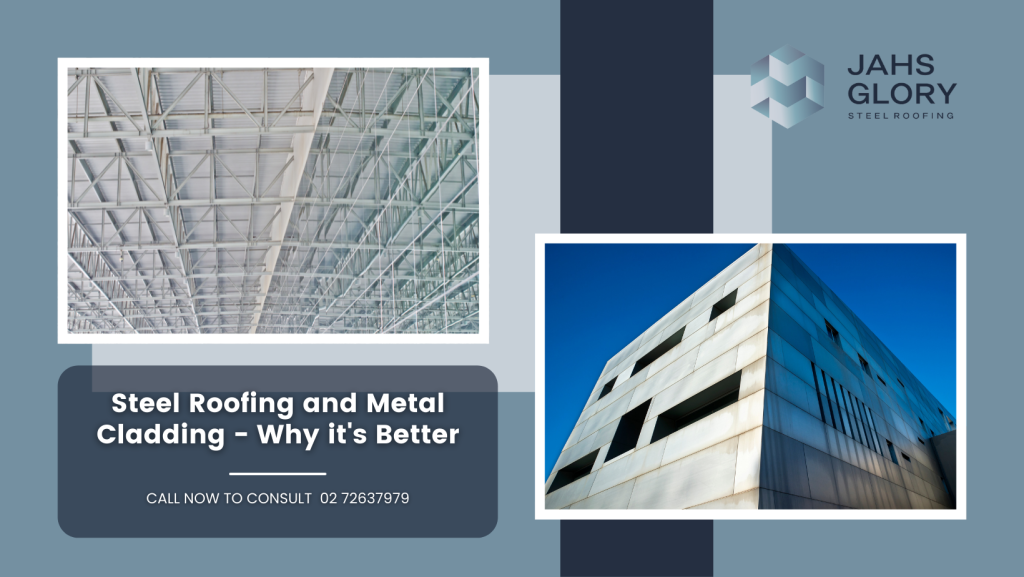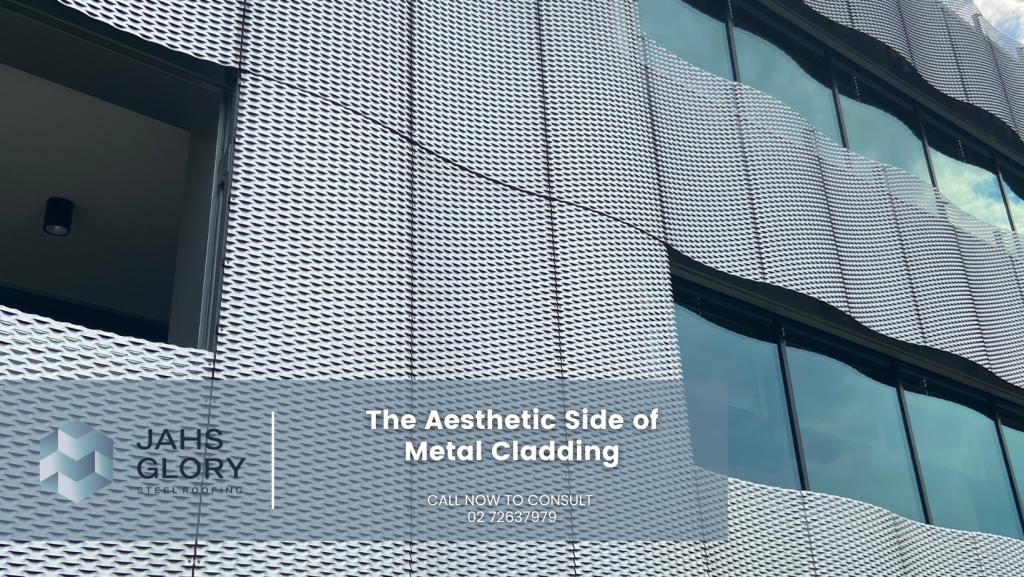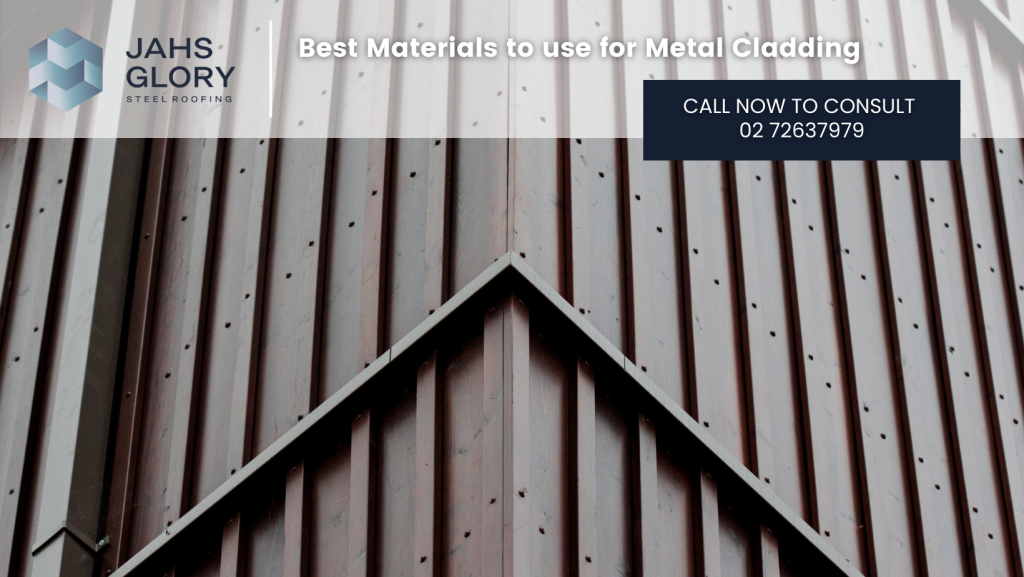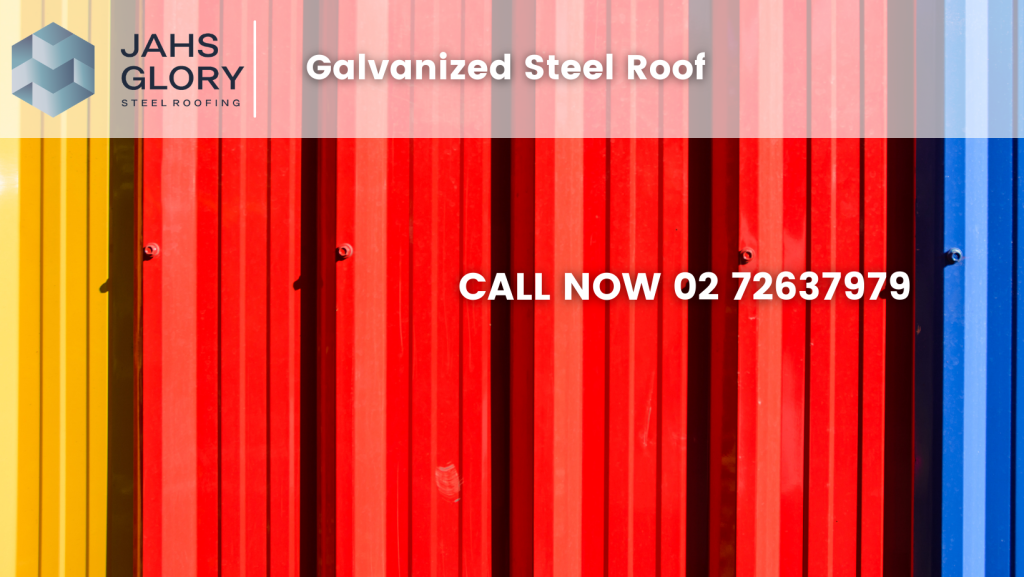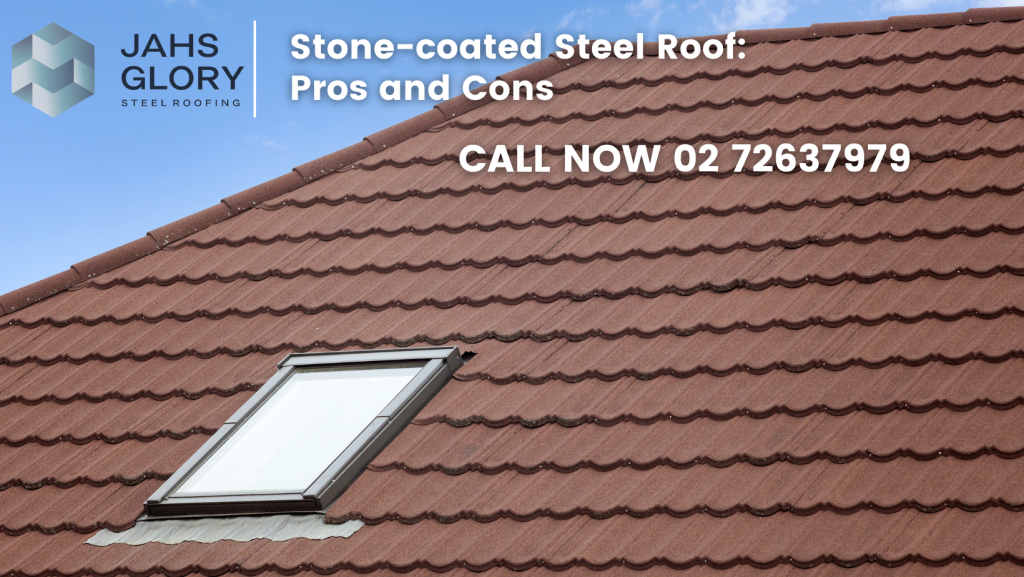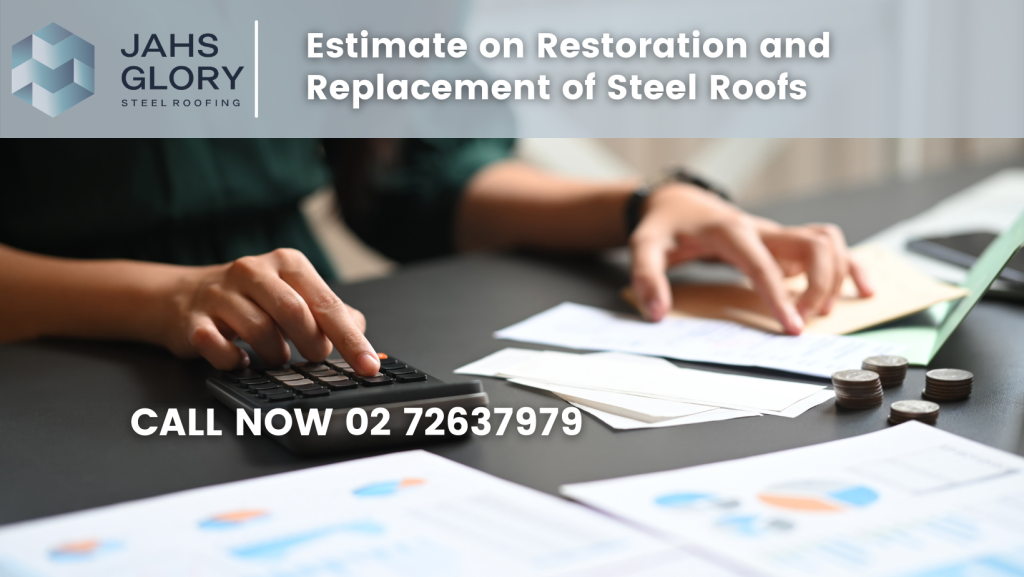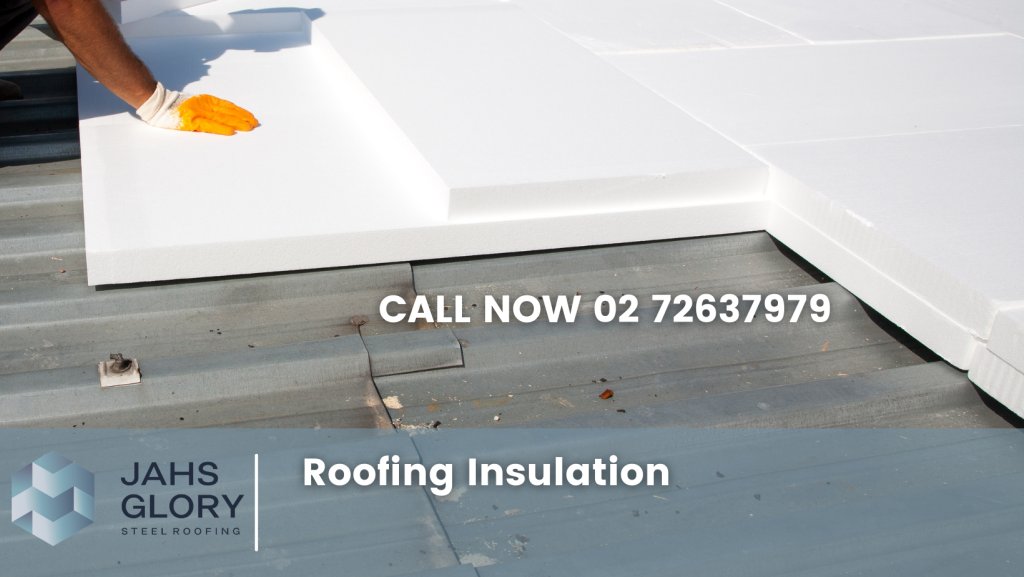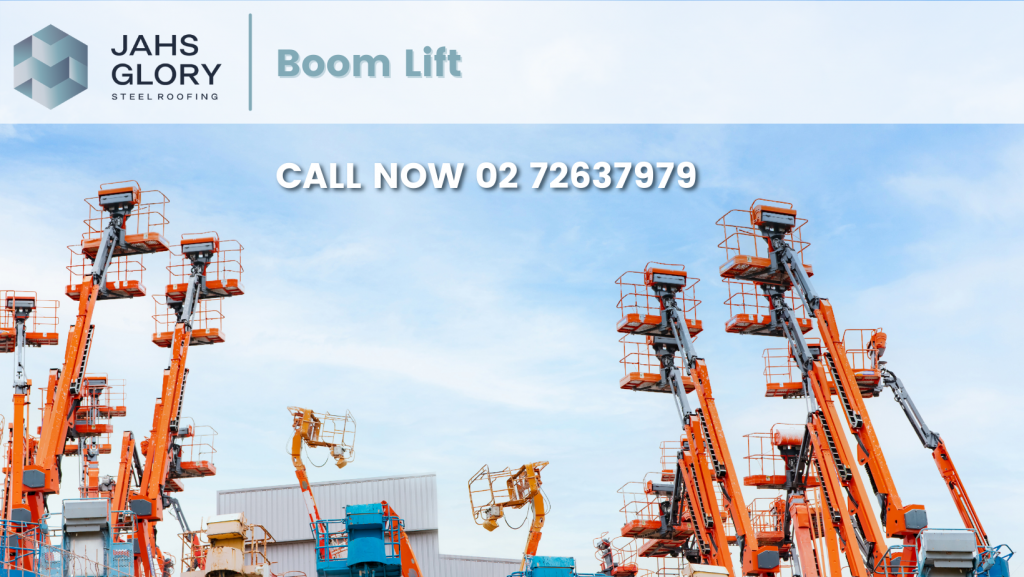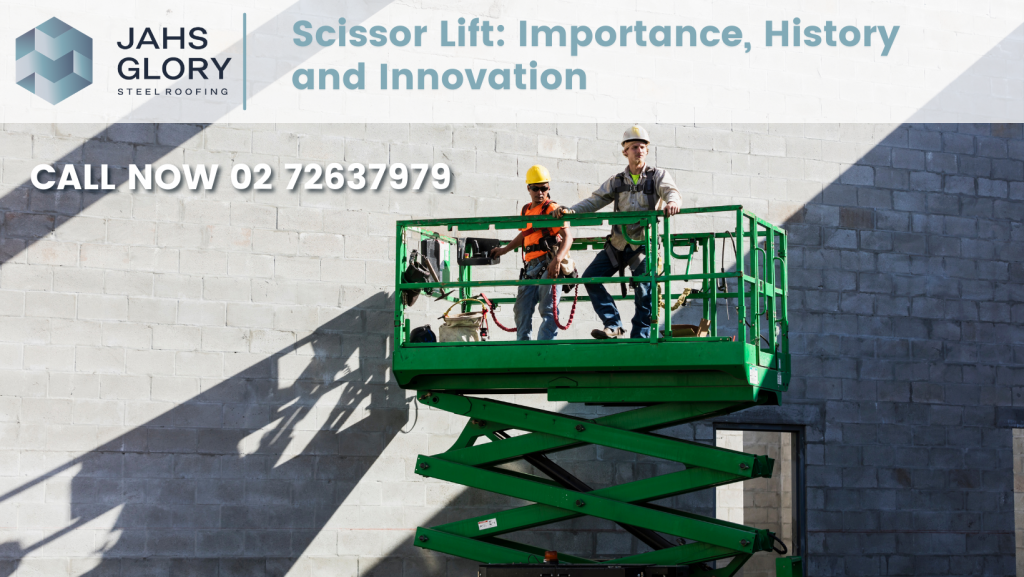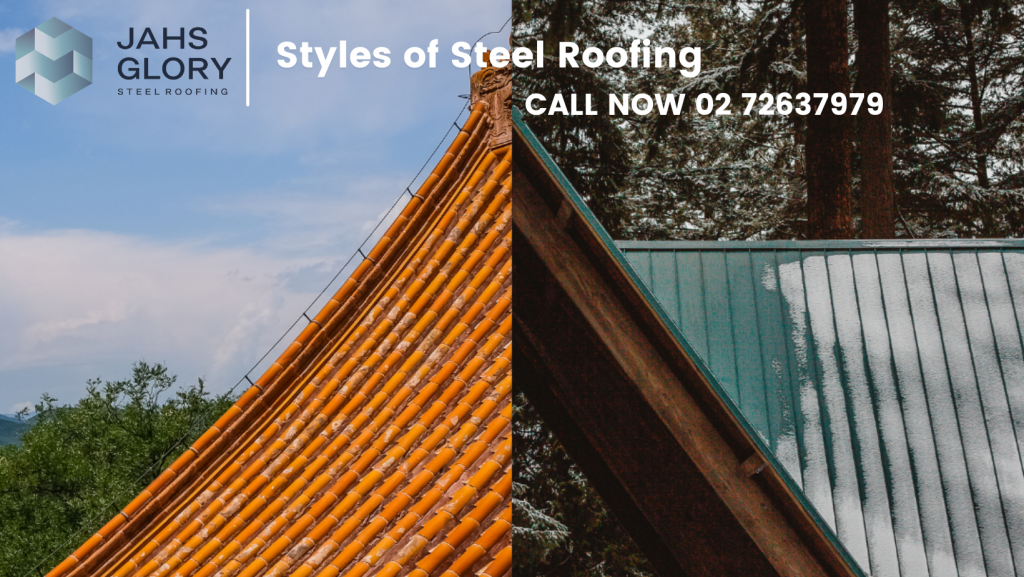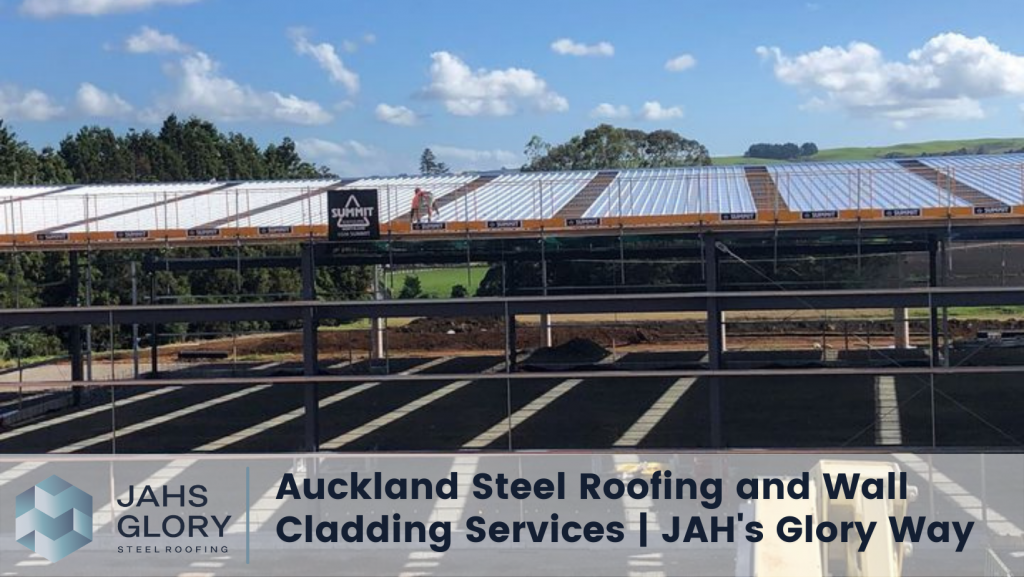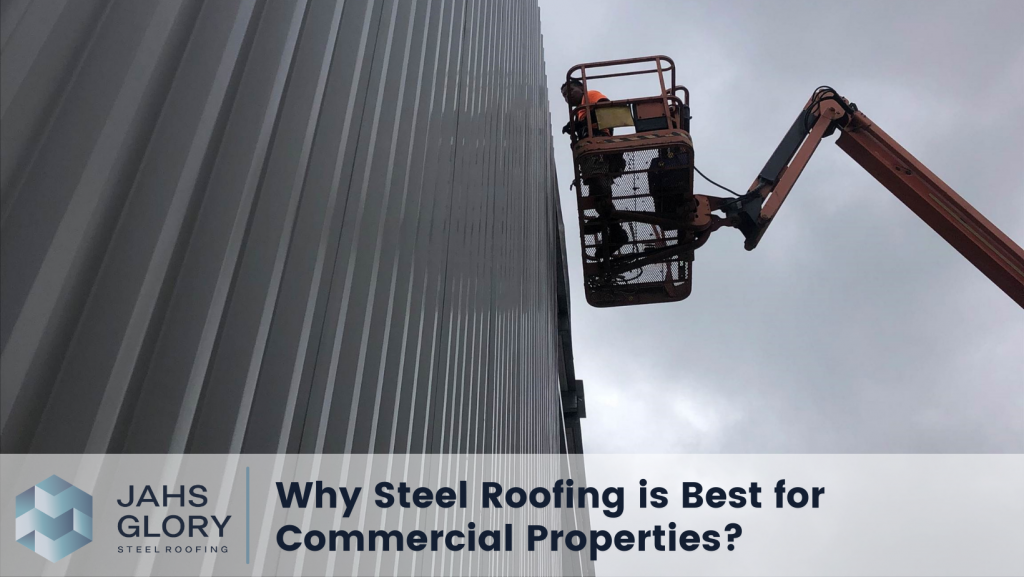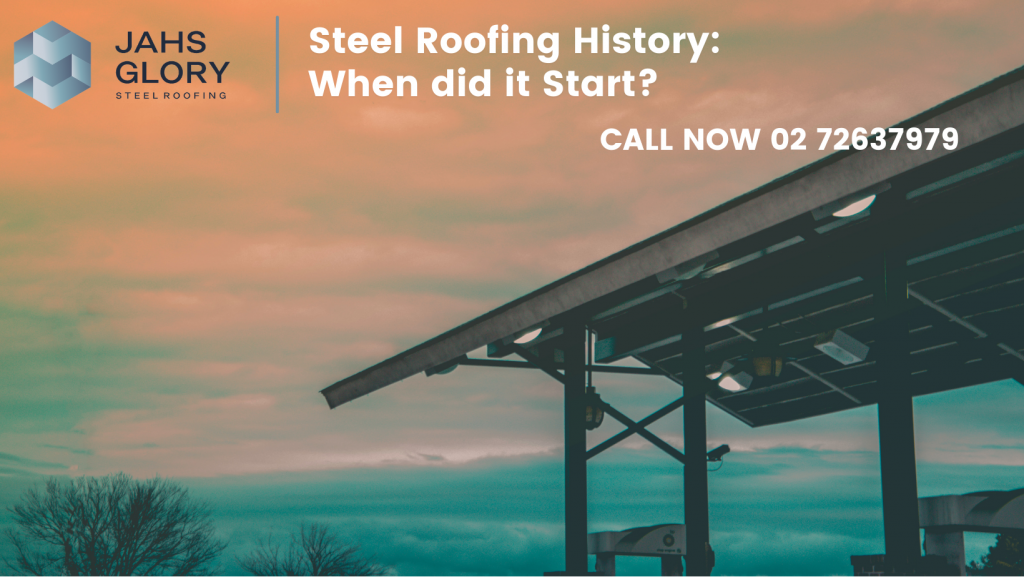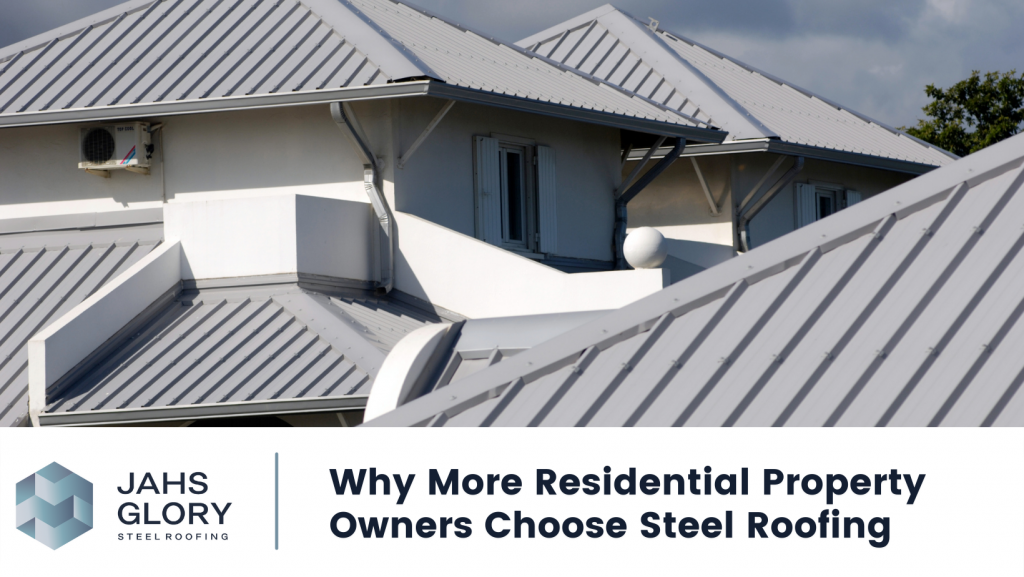In the realm of construction and architectural design, the choice of building materials significantly impacts the overall outcome of a project. Metal cladding has become a popular choice, but how does it stack up against other building materials? Let’s delve into a comparison, focusing on cost, aesthetics, and performance.
- Metal Cladding vs. Wood Cladding
- Cost: Metal cladding often has a higher initial cost compared to wood. However, its low maintenance and longevity can make it more cost-effective in the long run.
- Aesthetics: While metal offers a modern, sleek look and comes in various finishes, wood cladding provides a natural, warm aesthetic that’s hard to replicate.
- Performance: Metal cladding boasts superior durability, is fire-resistant, and withstands harsh weather conditions better than wood. Wood, however, can be susceptible to rot, pests, and requires regular maintenance.
- Metal Cladding vs. Brick
- Cost: Brick can be more expensive than metal cladding, both in terms of materials and installation.
- Aesthetics: Brick offers a classic, timeless look and is available in various colours and textures. Metal cladding, with its modern appeal, provides more versatility in design.
- Performance: While brick is durable and has good thermal mass, it’s less adaptable to modern insulation techniques compared to metal cladding. Metal is also lighter, which can be advantageous for certain architectural designs.
- Metal Cladding vs. Vinyl Siding
- Cost: Vinyl siding is generally cheaper than metal cladding. It’s also relatively easy to install, which can reduce labor costs.
- Aesthetics: Vinyl siding comes in a range of colours and styles but can sometimes look less premium than metal cladding. Metal offers a more high-end, contemporary appearance.
- Performance: Metal cladding outperforms vinyl in terms of durability and resistance to weather elements. Vinyl can fade over time and become brittle in extreme temperatures.
- Metal Cladding vs. Fiber Cement
- Cost: Fiber cement is often more affordable than metal cladding but more expensive than vinyl. It also requires more maintenance than metal.
- Aesthetics: Fiber cement can mimic the look of wood, brick, or stone and offers a range of aesthetic options. Metal cladding is preferred for a more modern, sleek look.
- Performance: Fiber cement is durable and fire-resistant but can be prone to moisture-related issues. Metal cladding generally offers better resistance to the elements and requires less maintenance.
- Metal Cladding vs. Stone Cladding
- Cost: Stone cladding is typically more expensive than metal, both in material and installation costs.
- Aesthetics: Stone provides a natural, elegant look and can significantly enhance a building’s appearance. Metal cladding offers a different kind of elegance with its clean lines and modern appeal.
- Performance: While stone is extremely durable and has a timeless appeal, it can be heavy and require a strong structural support system. Metal cladding is lighter and can be easier to install and maintain.
Conclusion
In comparing metal cladding to other building materials, it’s clear that each has its unique set of advantages and disadvantages. The choice largely depends on the specific requirements of the project, including budget, desired aesthetic, and performance needs. Metal cladding stands out for its durability, modern aesthetics, and low maintenance, making it a strong contender in various architectural applications.
Choosing the right building materials is crucial, and Jah’s Glory is here to guide you. From metal cladding to other options, we offer tailored advice for your project. Visit us or Call us at 027 263 7979, or email jerome@jahsglory.co.nz for expert assistance. Let’s build something amazing together!
